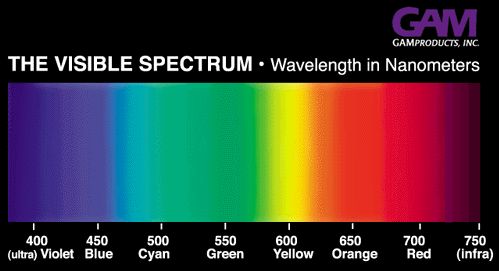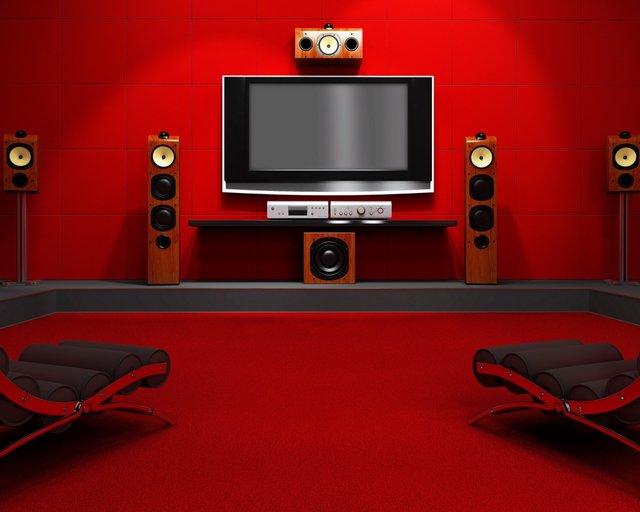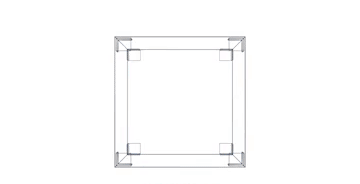Colors And Human Emotions
Hello guys,
Before I say anything, I would love to use this wonderful opportunity to wish you all a very happy Christmas and a prosperous new year in advance!
It’s been quite a while since I last posted, and some of you might be wondering if I still exist, but I really apologize for that. I’ve been quite very busy and hardly had time for myself. But I hope to post more often these days.
Today, I would be talking about colors and how they affect our moods and emotions. For quite some time now I’ve been researching on colors and I’ve come to realize that colors play a very crucial role on our emotion and how we feel. I’m sure by now you’d be wondering what does color has to do with human emotions? But you’re about to find out, because I will be elucidating on that.

[1]
Artists and interior designers believed that colors greatly affect people’s emotions, moods, and feelings. Although, the science behind our emotional connection to colors is quite complicated. However, some studies have shown that there are some connections between colors and human emotions or moods. Have you ever wondered why no two different persons have exactly the same color preferences? The reason is because Colors affect people in different ways. And there some factors that influences how individuals perceives colors. These factors include; gender, age, and culture.
In understand the various connections between different colors and our emotions; I would be elaborating on the term “color psychology”.
What is color psychology?
According to Wikipedia, Color psychology is the study of hues as a determinant of human behavior.
You might be wondering what the term hue implies. The term hue represents a color or shade of a color.

[2]
In 1666 Sir Isaac Newton in his experiment on spectroscopy discovered that when white light is passed through a prism, it tends to separate into its component colors. This is because each color that constitutes a white light has its own particular wavelength, with violet having the shortest wavelength and red having the longest wavelength.
Newton experimented further and also discovered that different colors of light can be combined to form a particular color of light. For instance, red light combined with yellow light produces an orange light. But colors like green and magenta when combined cancel each other out and produces a white light.
If you’ve ever painted before, you must have noticed how we combine some primary colors to get the desired color.
While perceptions of colors by individuals are different, however, there are some color effects that have universal meaning. Colors in the red area of the color spectrum are known as warm colors and include red, orange, and yellow. These warm colors evoke emotions ranging from feelings of warmth and comfort to feelings of anger and hostility.
Whereas, colors on the blue side of the spectrum are known as cool colors and include blue, purple, and green. These colors are often described as calm, but can also call to mind feelings of sadness or indifference.
Now, I will proceed to elucidate on various colors and the moods or emotions they evoke.
WHITE

[3]
Consider image above how does the color makes you feel. Do you feel inspired or refreshed, or does it leave you feeling cold and lonely? Many people find white serene and pure, while others feel that it's stark and cold.
One thing to remember is that such color associations are not necessarily universal. Colors can have different meanings, symbolism, and associations in other cultures.
In Western cultures, the color white is often associated with weddings, hospitals, and angels and is often used to convey a sense of purity, cleanliness, and peacefulness. In many Eastern cultures, however, white is symbolically linked to death and sadness. It's often a color used in funerals and other mourning rituals.
BLACK

[4]
Looking closely at the image above, notice how black is been used. How does it make you feel? Scary if I may guess.
Black absorbs all light in the color spectrum. It is often used as a symbol of menace or evil, but it's also popular as an indicator of power. It is also associated with witchcraft, death, and mourning in many cultures.
RED

[5]
Red is often described as warm, vibrant, and intense. It is often seen as an exciting and even aggressive color, it commonly used to indicate danger but it can also evoke feelings of arousal, love and comfort. Red is often used to steal attention, particularly in advertising and traffic signage.
GREEN

[6]
Green symbolizes nature, tranquility, fertility, and health.
Studies have also shown that green can improve reading and comprehensive ability.
Green is often used in decoration for its calming effect. For example, guests waiting to appear on television programs often wait in a “green room” to relax.
BLUE

[7]
Aside from green, blue is the only color often found in nature such as the pale blue of a daytime sky or the rich dark blue of a deep pool of water. For these reason, blue is described as a calm and serene color. It is one of the most universally preferred colors. It instills a feeling of calmness or serenity. For such reason it preferably used to decorate offices.
The psychology behind color is a very complicated and enormous one and would become boring if I’m to compile all of it in a single article. But in other not to bore your guys, I will end here and the sequel will be compiled in my next article.
If you’ve read this article to this point, I assume that you’re a color enthusiast please do upvote and share your opinions and contributions on the comment section bellow. Thanks for taking your time to go through.
Image sources: 1- 2- 3- 4- 5- 6- 7-

